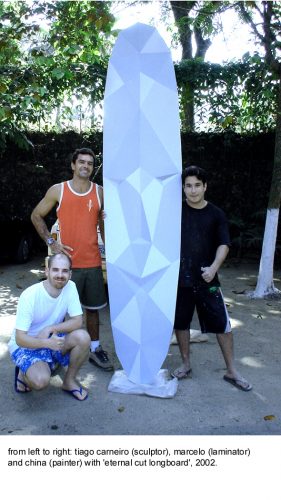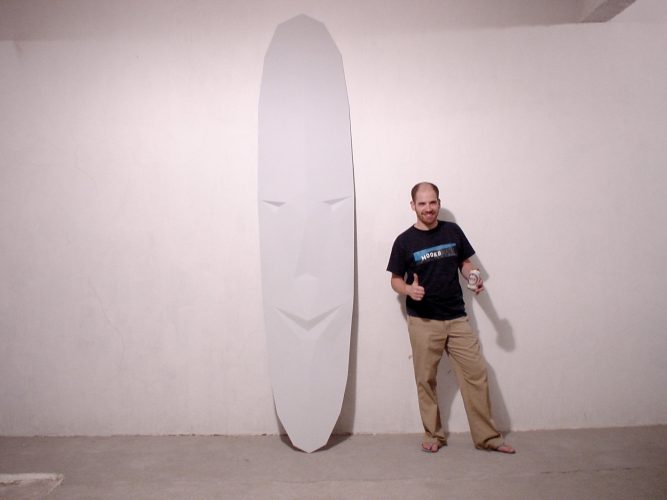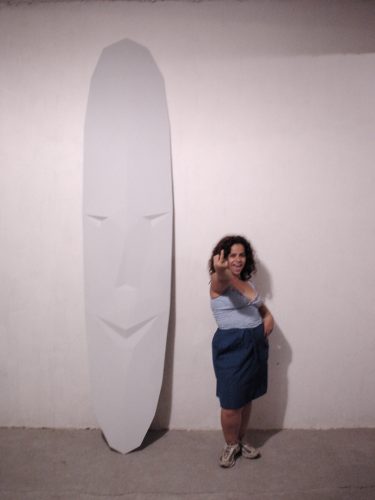“For an early participant in the Capacete program like me, it’s impossible to separate Capacete from Helmut Batista. Helmut was one of the very first people who was actually interested in seeing my work, and this was way before my sculptures and paintings, when I was still into performance and conceptual art, living in London, around 1998/99. He already had a bit of a bad-boy reputation from his performance antics in Vienna. His approach to Capacete was – from the very start- authorial as much as artist-centered and, unlike traditional curatorial and institutional agendas which need to seek a minimum of approval from public and donors, he seemed to only ever want to engage the artists, as both participants and viewers in an ever growing debate. Ultimately he seemed more interested in art’s iconoclastic powers as a dynamic, as an ongoing questioning of formal and conceptual limits, than in any other aspect.
+ I have very fond memories of the time spent at the Rio residency: a warm, welcoming and vibrant place, where Helmut, Denise, Camila and the many others working there acted as generous hosts to the city’s idiosyncratic culture in its various manifestations. A place by artists, for artists, and to this day a vibrant hub for artistic debate, where the local community is able to gather and engage with issues and practices from around the world. After all, more than a place, Capacete is a constantly self-questioning approach, which is precisely what has allowed it to operate so successfully under such multiple formats -from newsstand to gallery to residency to film-school to university- in Rio, Sao Paulo, and now Athens.” -




